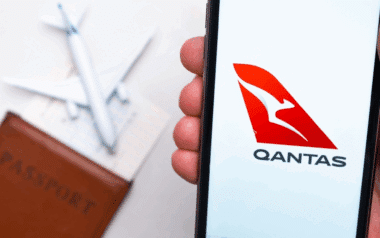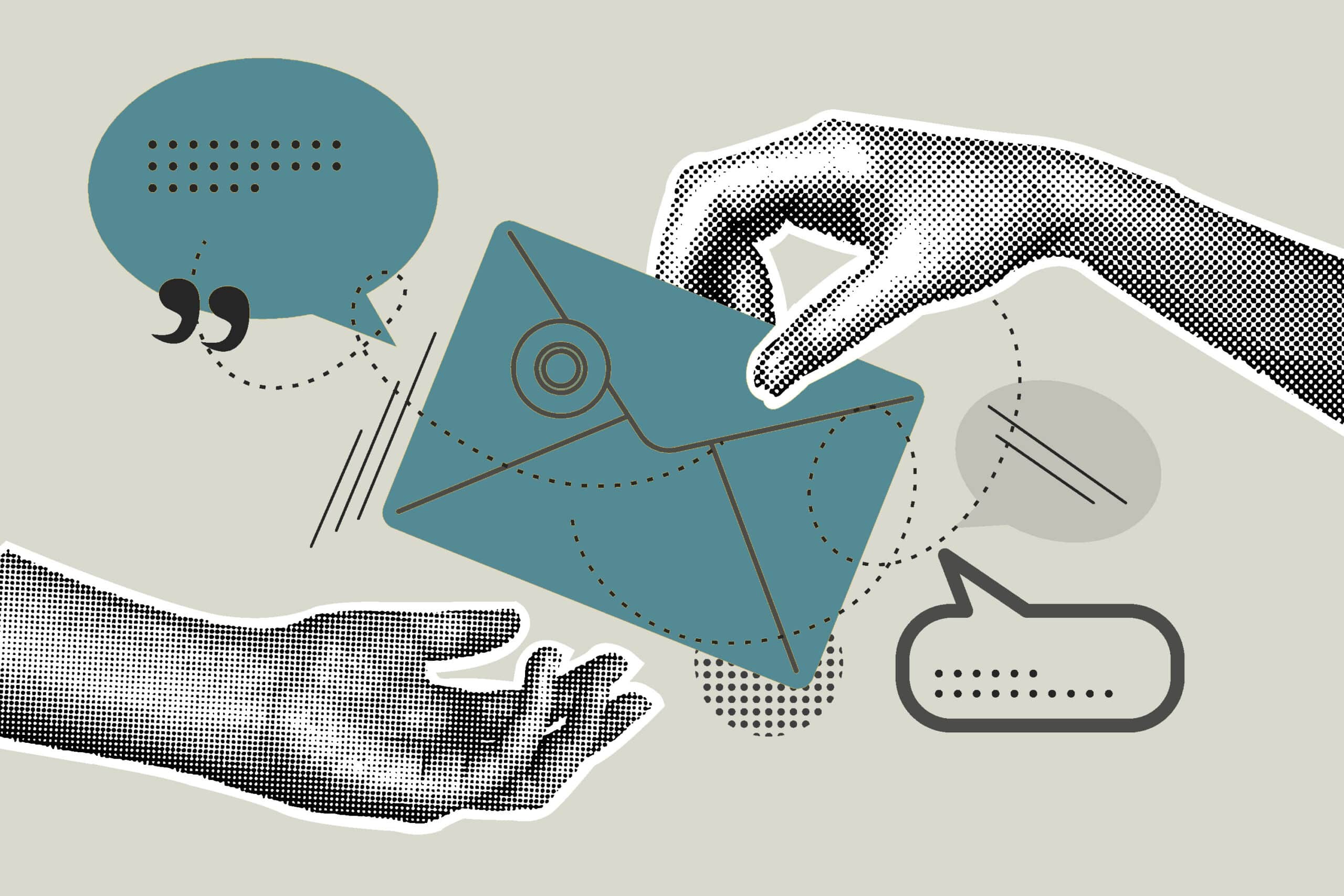According to the Australian Bureau of Statistics (ABS), the country’s consumer price index (CPI) rose by 0.2% in the December 2024 quarter, lowering annual inflation to 2.4%. Falling fuel and electricity prices were the main drivers of the drop, but rising rents, insurance, and medical expenses kept underlying inflation high.
For the past two years, inflation has been a major worry for both people and policymakers. Even if the most recent statistics show a decrease, the fact that service costs are still rising implies that many Australians are still facing financial difficulties. As it contemplates future monetary policy decisions, the Reserve Bank of Australia (RBA) will be closely monitoring these patterns.
Energy Price Relief Drives Inflation Slowdown
Due in major part to a 9.9% decline in power prices during the December quarter, Australia’s annual inflation rate has dropped to its lowest level since 2021. The drop comes after households received rebates from the 2024–25 Commonwealth Energy Bill Relief Fund, which reduced the strain on energy bills. As a result of declining worldwide oil prices, car gasoline prices also decreased by 7.9% during the course of the year.
Price increases in other sectors counterbalanced the overall effect of these reductions. The December quarter saw a 2.4% increase in the price of alcohol and tobacco, which helped to drive the 6.2% annual increase. The cost of food was 3.0% higher than it was a year earlier, with prices for meat and seafood—including lamb—in particular up 17.3%.
The ABS also corrected previous miscalculations in its childcare cost index, reducing it by 5.8%. This adjustment lowered the overall CPI by 0.05 percentage points, accounting for the impact of government subsidies introduced in July 2023.
Service Sector Inflation Remains a Challenge
While goods inflation has slowed to 0.8% annually, the lowest rate since 2016, services inflation remains high at 4.3%. The most significant contributors include rent increases (+6.4%), medical and hospital services, and insurance (+11.0%).
Rental costs, though slightly moderated from the previous quarter, continue to rise due to low vacancy rates and a constrained housing supply. The ABS highlighted that Commonwealth Rent Assistance (CRA) adjustments helped offset rent increases, but without these subsidies, annual rent inflation would have reached 7.8%.
Underlying inflation, a measure that excludes volatile price movements, remains above the RBA’s 2-3% target range. The trimmed mean, a key metric for core inflation, stood at 3.2% annually, indicating ongoing price pressures in essential services.









